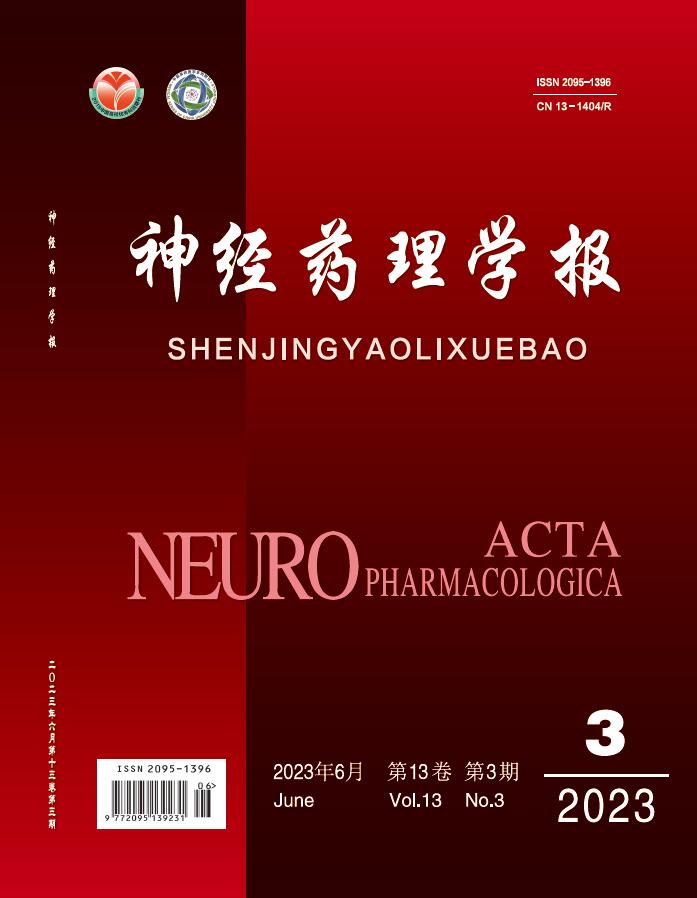Objective:To investigate the clinical efficacy of Shexiang Baoxin Pill in the adjuvant treatment of ischemic heart failure (IHF). Methods: A total of 84 patients with IHF were randomly divided into control group and treatment group, with 42 cases in each group. The control group was treated with routine western medicine, and the experimental group was treated with Shexiang Baoxin Pill on the basis of routine western medicine. Both groups were treated continuously for 3 months. The cardiac function indexes (left ventricular ejection fraction (LVEF), left ventricular end-diastolic diameter (LVEDD) and left ventricular end-systolic diameter (LVESD)), Minnesota Heart Failure Quality of Life Questionnaire (MLHFQ) scores, 6-minute walk test (6MWT) and serum N-terminal pro-brain natriuretic peptide (NT-proBNP), high-sensitivity C-reactive protein (hs-CRP), homocysteine (Hcy) levels before and after treatment in the two groups were statistically analyzed, and the efficacy of the two groups was compared. Results: Compared with the control group (76.19 %), the experimental group had a higher total effective rate of treatment (92.86 %), and the difference was significant (P< 0.05). After treatment, compared with the control group, LVEF and 6 MWT in the experimental group were higher, LVEDD, LVESD, MLHFQ score were lower (P< 0.05). After treatment, the levels of serum NT-proBNP, hs-CRP and Hcy in the experimental group were significantly lower than those in the control group (P< 0.05). Conclusion: The application of Shexiang Baoxin Pills on the basis of western medicine in the treatment of IHF can achieve better curative effect, which can more effectively improve cardiac function, relieve clinical symptoms, and reduce serum NT-proBNP, hs-CRP and Hcy levels.

